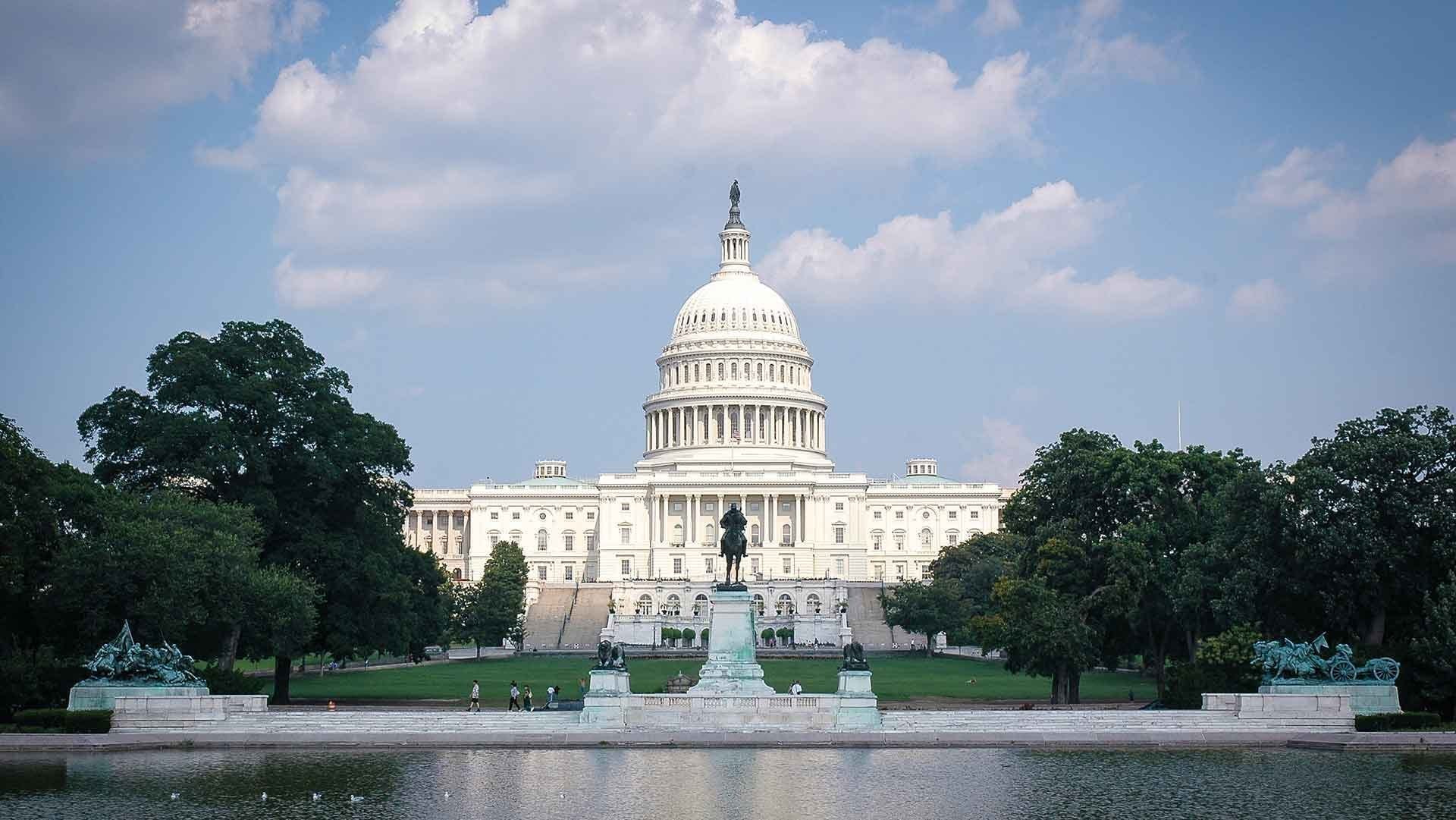As the deadline approaches for a potential government shutdown, House Republicans are taking decisive steps to avert a crisis that could have widespread implications for federal services and the economy. The party has introduced a new proposal that seeks to ensure continuity of government operations, yet faces significant hurdles in garnering enough support both within their ranks and from opposition Democrats.
The backdrop of the current budget discussions is marked by deep partisan divides, notably concerning spending levels and fiscal responsibility. House Republicans are advocating for a short-term funding bill that would provide an extension of funding at current levels, with provisions intended to address specific areas of concern raised by their constituents and party members. This includes efforts to target spending on discretionary programs while ensuring that essential services remain intact.
The proposal also emphasizes the need for a comprehensive review of federal spending, with an eye toward prioritizing expenses that align with the party’s fiscal principles. Some Republicans have indicated that they want to have a more significant role in shaping the budget process, arguing that responsible spending is crucial to the nation’s economic health. Consequently, this current strategy reflects an attempt to strike a balance between avoiding a shutdown and maintaining the party’s core principles.
However, even as the proposal is put forth, certain factions within the Republican party are voicing concerns about whether the plan adequately aligns with more stringent budgetary goals. A subset of hardline conservatives is pushing for deeper cuts and a more extensive overhaul of federal spending, raising the possibility that even a short-term funding solution may face opposition from dissatisfied members. The presence of intra-party dissent complicates the party leadership’s efforts to present a united front on fiscal issues.
Simultaneously, Democrats have been actively voicing their opposition to certain aspects of the proposal. Critics argue that the plan fails to address critical funding needs tied to essential services and programs, particularly in areas such as healthcare, education, and infrastructure. They maintain that any proposal brought to the floor for a vote must prioritize long-term investments in the nation’s welfare rather than simply serving as a stopgap measure. As such, negotiations remain fraught as both parties grapple with balancing budgetary realities against their respective policy aspirations.
For many members of Congress, the specter of a government shutdown looms large. Past shutdowns have had damaging consequences, leading to disrupted services and delayed paychecks for federal employees, along with a broader negative impact on the economy. There are widely varied opinions on how to best avoid these outcomes, which adds another layer of complexity to the negotiations. Both parties have examined historical precedents, with the repercussions of previous shutdowns influencing tactics and rhetoric in current discussions.
As the House prepares to vote on the latest proposal, its fate remains uncertain. Some analysts predict that a significant negotiation period could precede any resolution, suggesting that the upcoming days may prove critical in determining the viability of the plan. Observers have highlighted the necessity of bipartisan cooperation to reach a consensus; however, the divides between parties have intensified in recent months, potentially stalling negotiations.
In the eyes of several lawmakers, the stakes are high. They understand that failing to pass a funding measure risk sparking a shutdown, which could undermine public trust in government institutions already strained by partisan conflicts. Furthermore, moderate voices within both parties are advocating for collaboration as a means to secure a longer-term funding agreement, emphasizing the need for stability that would underpin government operations well into the future.
In the lead-up to a scheduled vote, party leaders are engaged in last-minute negotiations, seeking both to garner internal support and to persuade those members from across the aisle. Their success hinges on the ability to address the concerns of various factions, including moderates who may demand more substantial commitments to bipartisanship in budgetary negotiations, as well as conservatives who prioritize deeper fiscal cuts.
As the situation evolves, the public will be closely monitoring the actions of their representatives, assessing the potential consequences of a government shutdown and how lawmakers navigate these challenging waters. Many citizens are hopeful that, despite the divisions, a workable solution can be found that ensures the economy remains robust and government services continue without interruption.
In summary, House Republicans are pushing forward with a new proposal to stave off a government shutdown, yet the challenges ahead remain daunting. With budgetary priorities and partisan interests diverging, the coming days will be pivotal in determining whether a compromise can be reached before the deadline arrives.


